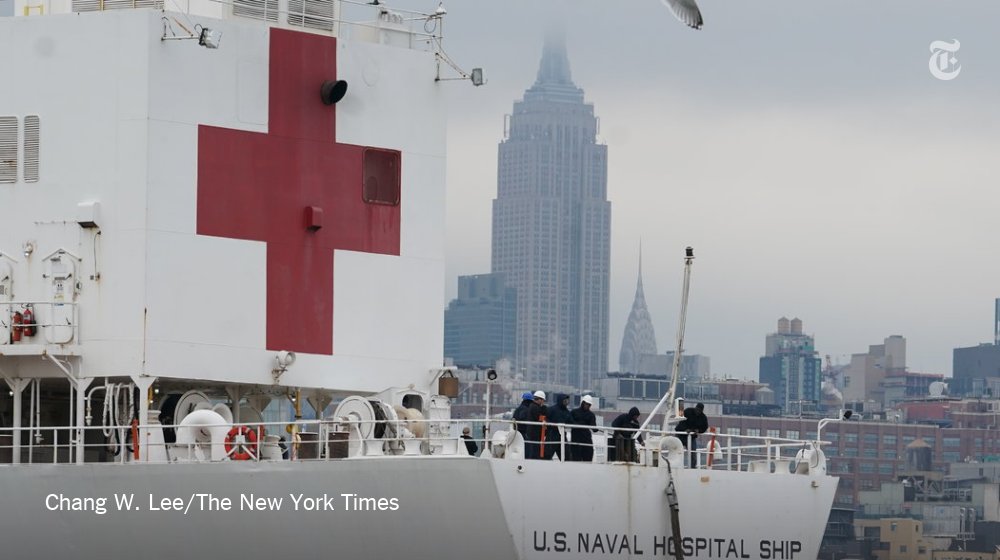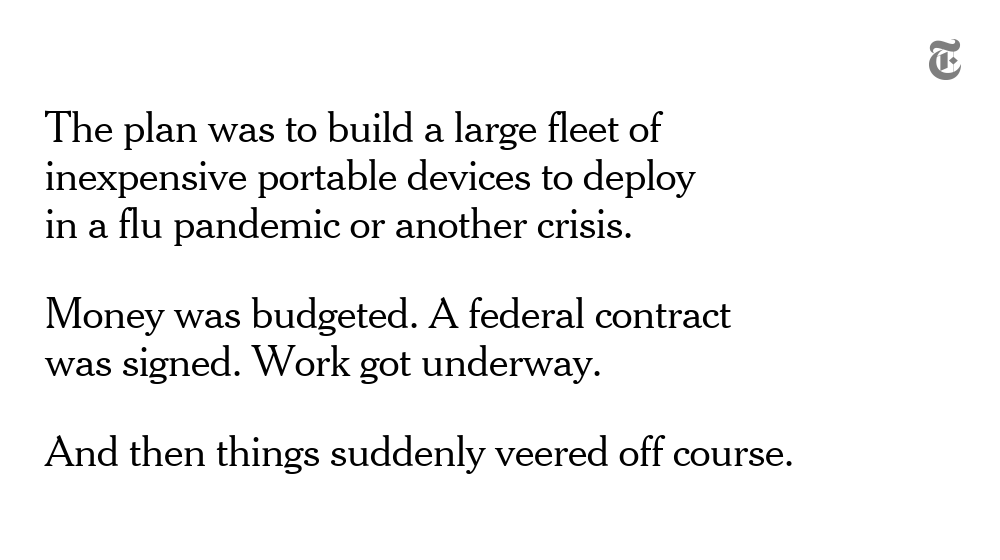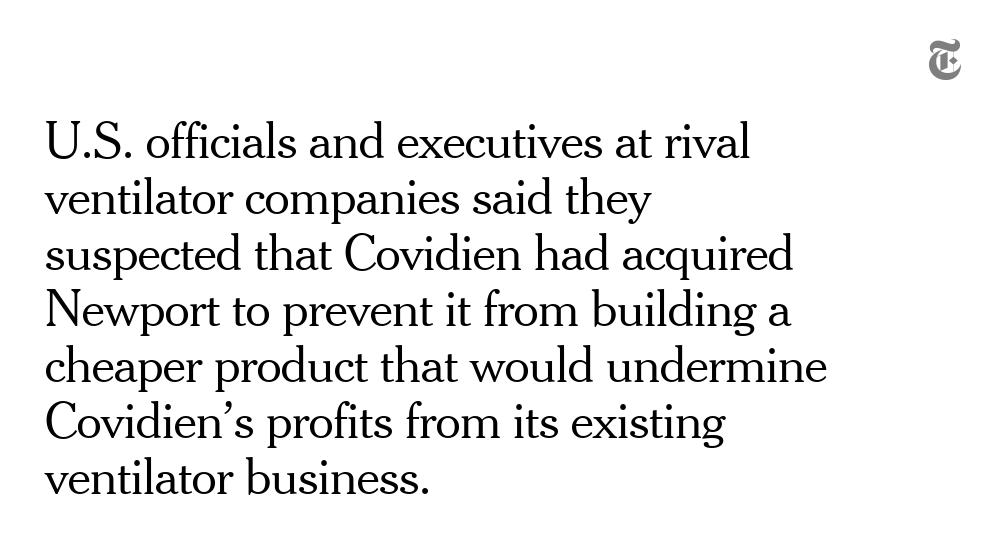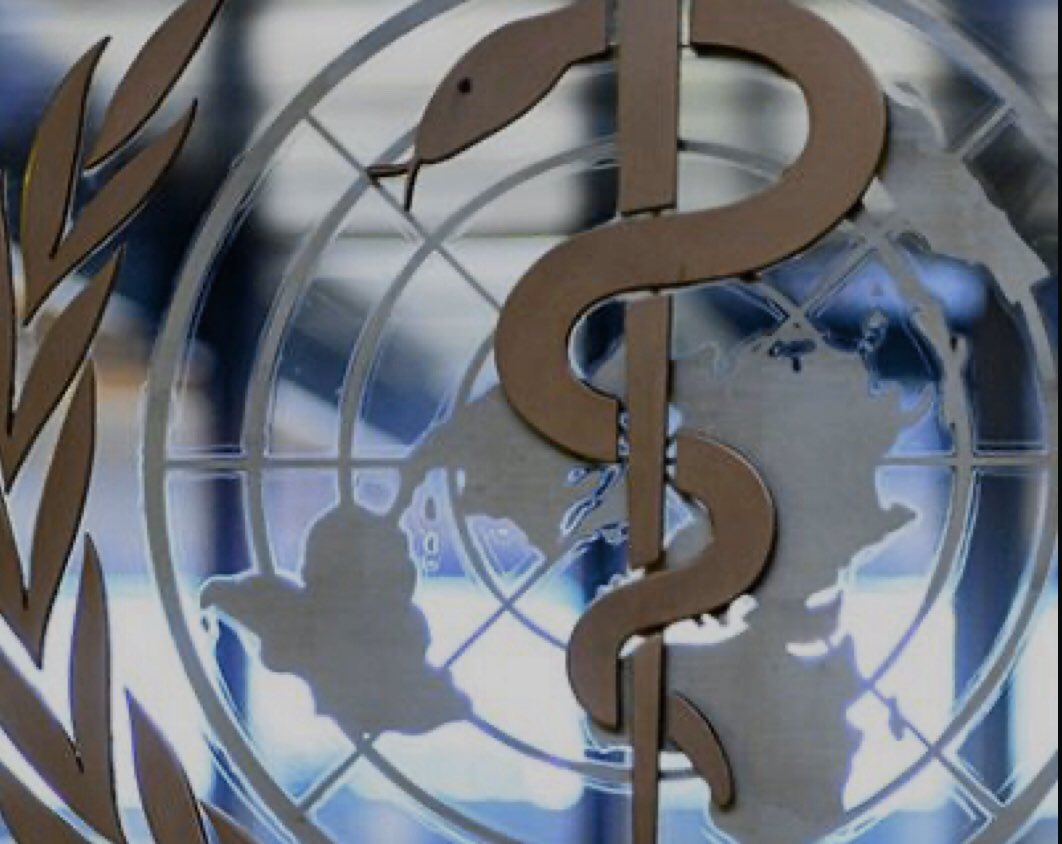Here’s a timeline.👇
The World Health Organization says that Chinese health officials in Wuhan revealed a "cluster of cases of pneumonia of unknown cause."
The United States has its first confirmed case of coronavirus through travel: a man in Washington State.
The CDC says that it has developed a sophisticated diagnostic test and has sought FDA permission to send it to public labs around the country.
The White House announces a coronavirus task force led by the health secretary, Alex Azar. President Trump attends the group’s first meeting and tweets that the experts “are on top of it.”
The Trump administration restricts travel from China, but exempts Americans and allows trade to continue. Alex Azar declares a public health emergency.
Stanford University develops its own test for the coronavirus but runs into regulatory roadblocks at the FDA.
The FDA approves the CDC test, but the White House task force remains focused on the Diamond Princess cruise ship, which is placed under quarantine in Japan because 10 people on board are diagnosed with the coronavirus.
The CDC publicly discloses that its test kits aren’t working properly amid complaints from labs around the country that screening has been far too restricted.
The CDC announces that it will begin surveillance testing to track the virus. But a month later, it says it hopes to “begin rolling out” the program, which has yet to begin in a significant way.
The FDA relaxes its rules for some laboratories, allowing them to start testing before the agency has completed its approvals. At a White House news conference, President Trump concedes there will be more cases, but says, “There’s no reason to panic at all.”
New York City reports its first coronavirus case.











